OAKMONT, PA—The announcement last week that Tiger Woods would not be playing in this week’s U.S. Open did not come as a real surprise to many. Candidly, many wondered why Tiger would even contemplate entering what is annually the most trying championship to play in—particularly this year’s event at Oakmont—when he had not teed it up since shutting down all competitive golf after last year’s Wyndham event last August where he tied for 10th.
The official line from the Woods camp is that Tiger is making progress and will resurface at some point in the competitive landscape—whether that means it will happen in ‘16 no one, save for Tiger himself, can say with any certainty.
The real issue for Woods is twofold: does he have the capacity to return to play at the highest level, and more importantly, does he have the tenacity to handle what will be a trying situation given the uncertainty on not only the quality of his game but the wherewithal to push through the speed bumps he will likely endure?

Tiger’s last victory on the PGA Tour came in August ‘13 at the WGC-Bridgestone Invitational at Firestone. His last major came nearly exactly eight years ago when winning his 3rd U.S. Open at Torrey Pines in epic fashion. That’s right—eight years ago. Getting beyond the physical issues—especially given the fragile nature of how any back injury can be for a golfer—the key for Tiger is showing if he still has the passion to play.
This is a golfer who has long been at the top of the golfing pyramid. He is the only golfer to have seriously threatened the overall major championship total of 18 set by Jack Nicklaus. But, at 40 years of age—and with two growing young children—the issue remains can Tiger summon up the desire to reassert himself at some meaningful level competitively?
After Nicklaus won his final major at 46 at Augusta in 1986, he stated he had no desire to hang around simply to be a “ceremonial golfer.” The Golden Bear stated the capacity to win was the only reason for him to continue playing. And, if his play diminished to where he was simply hanging around to make cuts, the probability of him remaining in competition would likely end. Tiger faces that dilemma.
Given the multitude of surgeries he has faced, the next time Tiger decides to get back on the horse could very well be his last rodeo. Taking the time to make sure he is as ready as possible is the best course to follow. Had Tiger leaped back into a U.S. Open setup, the resulting probability for success would have been extremely remote. Oakmont is a severe test with very little margin for error and Woods would be under tremendous pressure not have a serious meltdown given the conditions that will be presented. From a playing perspective, over the last number of years Woods has been unable to demonstrate a clear consistency in hitting his driver consistently. Breakdowns mechanically show no clear sign in being able to “miss one way” as top professionals prefer.
On the short game side, Woods has had a bad case of chipping “yips” in which he flubbed shots that in the past were automatic for him. On the putting side Woods has not been anywhere close to being the invincible roller of the ball from yesteryear.
On the flip side, top quality golf is played by those in their 40’s. Phil Mickelson continues to be competitive—albeit Lefty is without a win of any kind since winning The Open Championship in ‘13. Vijay Singh also won a record 22 times on the PGA Tour after turning 40. For Tiger the issue is not about what others have done but what he can do that resurrects a career that has stalled?
Getting back up on the golf horse and exposing himself to the rigors of competition can be both a positive and negative situation. Can Tiger play through the mis-shots and the incessant questioning that invariably will come from the media?
The thing about the competitive golf arena today is that others have filled the top of the golf hierarchy. The names Jason Day, Rory McIlroy and Jordan Spieth are just three that have clearly made their moves and there is a host of others chomping at the bit to get themselves mentioned more frequently as well.

In years past, just the visual of Tiger Woods stepping foot on any golf course—especially at the major events—would cause a big-time hiccup for all others. Tiger was the intimidator. That edge is no longer present because Woods has simply lived off the memories—instead of creating new ones.
Woods is a stubbon fellow so it’s very possible he will double down on his efforts to once again be in the mix for key golf events. But the more time drifts forward the greater the doubts become. There might be the distinct possibility that Woods will try again the competitive scene again and if he encounters the same ineffective golf game it may be the final sign that Woods will admit the obvious and call it quits.
Like any sport, golf is a numbers game. To borrow a football phrase made famous by two-time Super Bowl coach Bill Parcells, you are what your record (golf score) says you are. Woods is now on the back nine of his career: is there enough gas in the tank? Is he fully committed to doing whatever’s needed to get back into the fray? Measuring how his body responds is one thing—but does Woods have the heart to solider on and show one last final chapter of greatness?
The longer Woods remains on the sidelines his overall relevance to the golf storyline becomes even more and more distant. Rushing back too soon is certainly not the answer but if Woods indeed makes a clear desire to return, he will need to realize this rodeo is nearing his final ride.
M. James Ward, a member of Golf Writer’s Association of America (GWAA) and past member of Met Golf Writer’s Association (MGWA), has reported on golf’s grandest events since 1980 in a variety of forums.
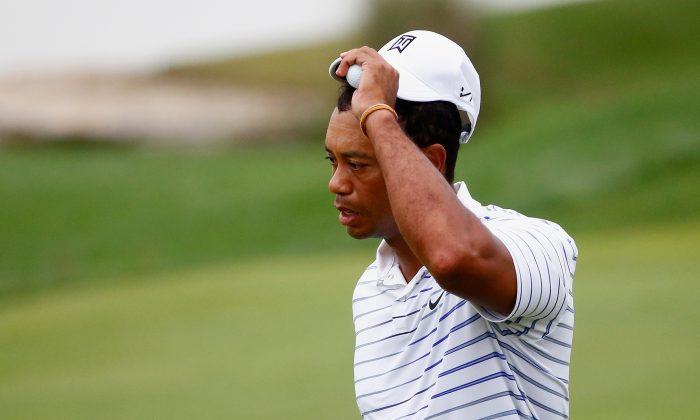
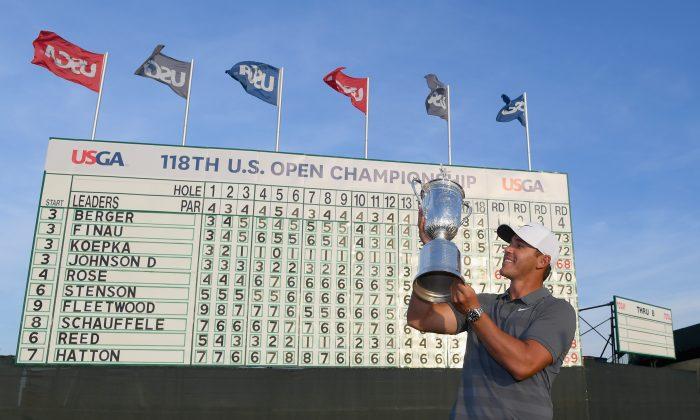
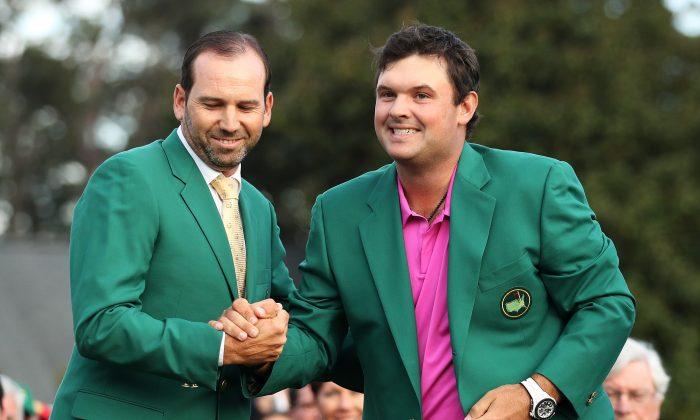
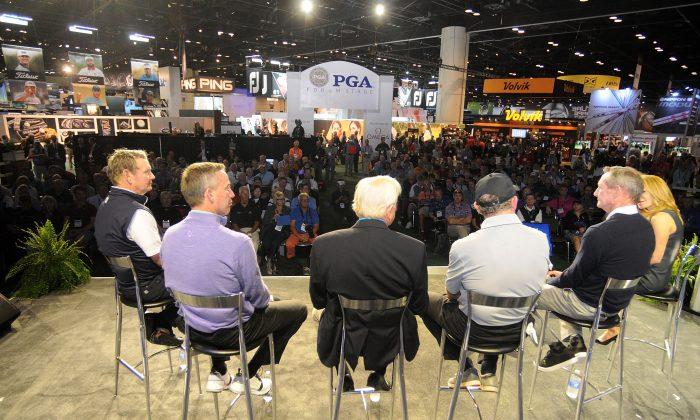
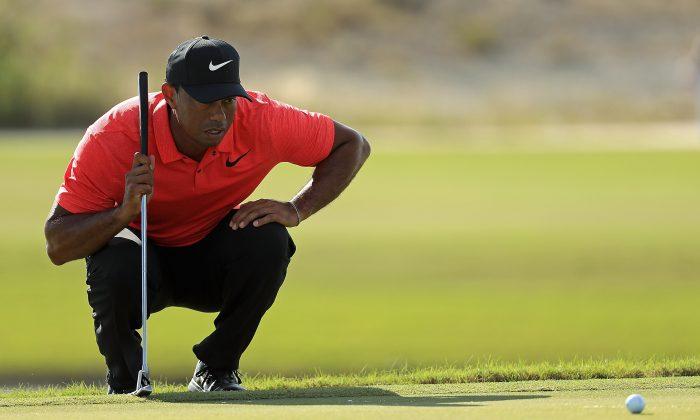
Friends Read Free